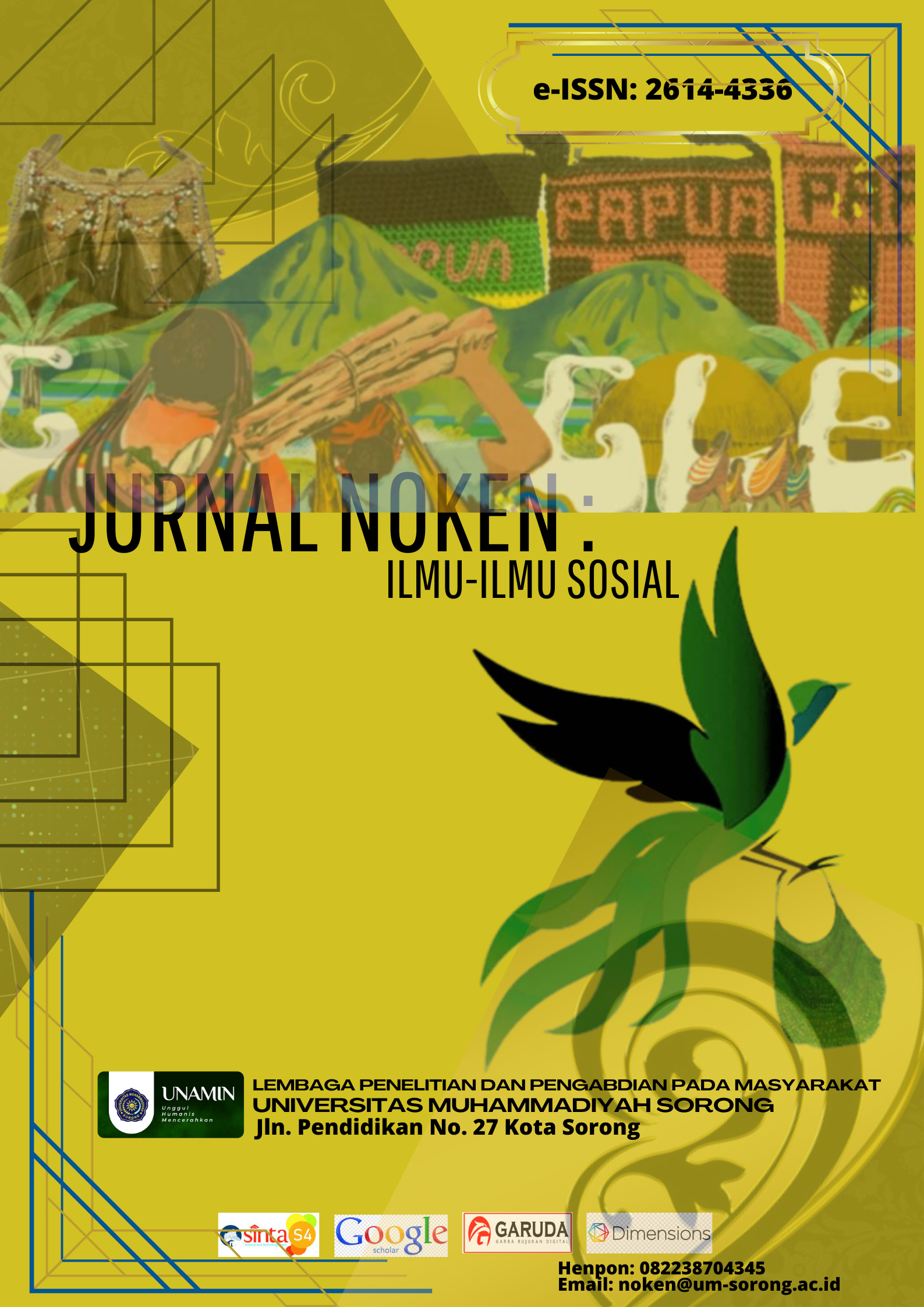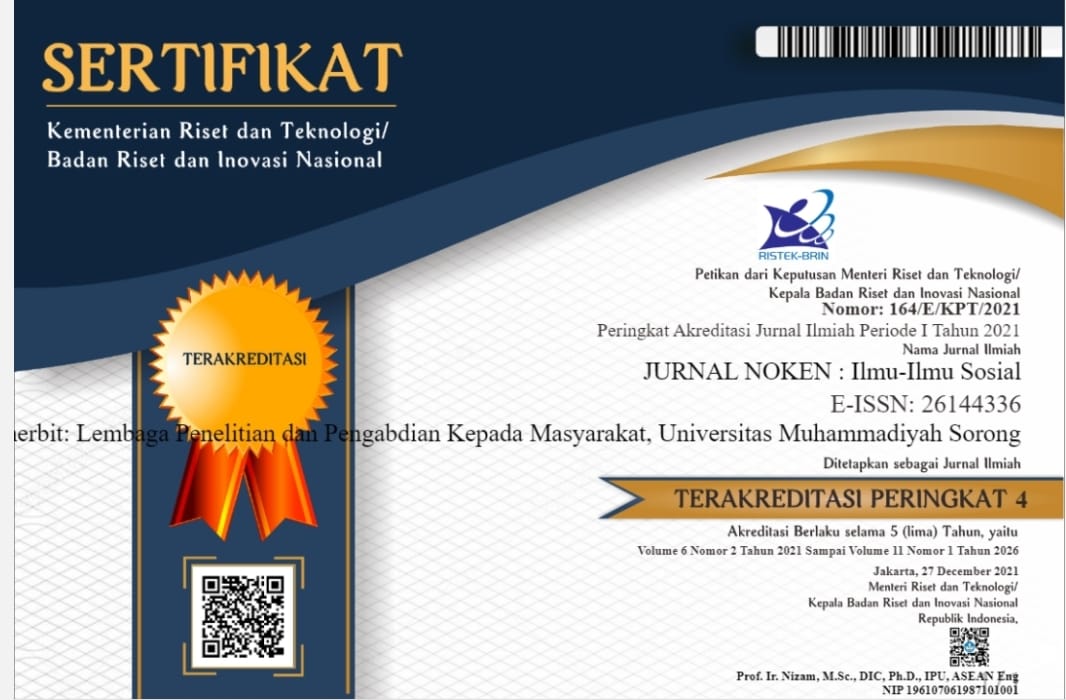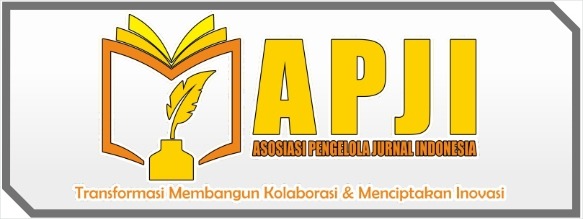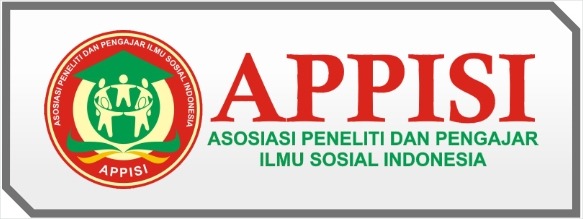Pekerja Prekariat dan Implikasi Atas Fleksibilitas Kerja di Kawasan Industri Kota Makassar
DOI:
https://doi.org/10.33506/jn.v9i1.2423Keywords:
Precariat Workers, Work Flexibility, Job SecurityAbstract
This research was conducted to explore the implications of work flexibility for precariat workers in Makassar City. The research was carried out with a qualitative approach and used a case study type of research on workers in the PKWT form or popularly known as contracts and outsourcing. The research location is in the Parangloe and KIMA Warehousing Areas. The method of determining informants was carried out by purposive sampling, so that there were 8 informants consisting of 4 outsourcing workers, 3 contract workers, and one HR worker from an outsourcing vendor. Data collection was carried out by in-depth interviews as the main method, in addition to observation and document collection which were considered important as secondary methods. The results of this study illustrate that there are several implications for implementing work flexibility for informants. First, the issue of job security is a priority for workers because there are a large group of reserve workers who are ready to replace them, forcing them to maintain their jobs even with a high workload but low wages. This also has implications for companies that find it easier to lay off workers and provide low wages to workers. The second implication is that workers are more likely to move between companies and jobs due to work flexibility. Frequent transfers also result in vulnerability due to uncertain wages and uncertainty about the continuity of work.
References
BPS. (2022). Makassar Dalam Angka 2021.
Danim, S. (2002). Menjadi Peneliti Kualitatif. CV Pustaka Setia.
Habibi, M. (2016). Surplus Pekerja di Kapitalisme Pinggiran: Relasi Kelas, Akumulasi, dan Proletariat Informal di Indonesia sejak 1980an (1st ed., Vol. 1). Marjin Kiri.
Hendarso, E. S. (2015). Penelitian Kualitatif: Sebuah Pengantar. In B. Suyanto & Sutinah (Eds.), Metode Penelitian Sosial (3rd ed.). Kencana.
Islam, I. (2001). Beyond Labour Market Flexibility: Issues and Option for Post Crisis Indoneisa. Journal of The Asia Pasific Economy, 6(3).
Izzati, N. R. (2021). Penyalahgunaan Keadaan (Undue Influence) Dalam Perjanjian Kerja (Murwaningsih, Ed.; 3rd ed.). Kanisius.
Kemnaker. (2022). Satudata Kemnaker. Portal Data Kemenaker. https://satudata.kemnaker.go.id/data/kumpulan-data/375
Lembaga Bantuan Hukum Makassar. (2022). Catatan Akhir Tahun 2020-2022. Https://Lbhmakassar.Org/.
Moleong, L. J. (2016). Metodologi Penelitian Kualitatif. Rosdakarya.
Novianto, A., Keban, Y. T., & Hernawan, A. (2021). Mendorong Kerja Layak & Adil Bagi Pekerja Gig: ajian Awal tentang Ekonomi Gig di Indonesia. In Menyoal Kerja Layak dan Adil dalam Ekonomi Gig di Indonesia (pp. 1–187). IGPA Press.
Rapley, J. (1997). Understanding Development: Theory and Practice in the Third World. UCL Press.
Redaksi Tempo. (2022, November 20). Siapa Sanggup Membendung Badai PHK. Majalah Tempo, 70–79.
Silver, H. (1994). Social Exclusion and Social Solidarity: Three Paradigms. International Labour Review, 133(5–6), 531–578.
Standing, G. (2011). The Precariat: The New Dangerous Class (1st ed.). Bloomsbury Academic.
Tarigan, C. R. (2015). Eksklusi Sosial Komunitas Cina Benteng di Desa Belimbing, Tangerang [Disertasi]. Universitas Indonesia.
Yates, C. A. B., & Leach, B. (2006). Why ‘Good’ Jobs Lead to Social Exclusion. Economic and Industrial Democracy, 27(3), 341–368. https://doi.org/10.1177/0143831X06065960
Yates, M. (2020). Dapatkah Kelas Pekerja Mengubah Dunia? (1st ed.). Penerbit Independen.
Downloads
Published
How to Cite
Issue
Section
License
Copyright (c) 2023 Rakhmat Nur Adhi, M Ramli AT, Sawedi Muhammad

This work is licensed under a Creative Commons Attribution-ShareAlike 4.0 International License.










